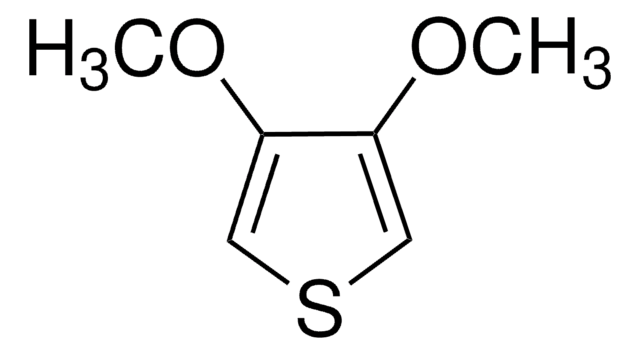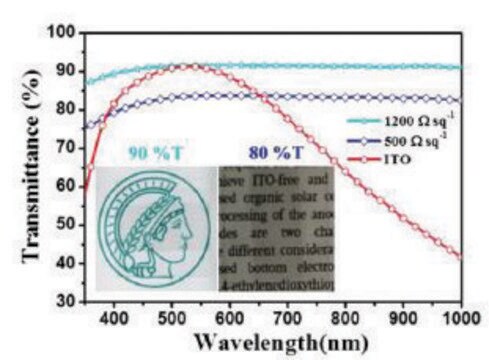483028
3,4-Ethylenedioxythiophene
97%
Synonym(s):
2,3-Dihydrothieno[3,4-b]-1,4-dioxin, EDOT
Sign Into View Organizational & Contract Pricing
All Photos(3)
About This Item
Empirical Formula (Hill Notation):
C6H6O2S
CAS Number:
Molecular Weight:
142.18
MDL number:
UNSPSC Code:
12352103
PubChem Substance ID:
NACRES:
NA.23
Recommended Products
Assay
97%
refractive index
n20/D 1.5765 (lit.)
bp
193 °C (lit.)
density
1.331 g/mL at 25 °C (lit.)
storage temp.
2-8°C
SMILES string
C1COc2cscc2O1
InChI
1S/C6H6O2S/c1-2-8-6-4-9-3-5(6)7-1/h3-4H,1-2H2
InChI key
GKWLILHTTGWKLQ-UHFFFAOYSA-N
General description
3,4-Ethylenedioxythiophene (EDOT) is an electro-active conductive monomer with a thiol group that combines an electron donor and electron acceptor in a donor-acceptor-donor arrangement.
Monomer used in the synthesis of conducting polymers.
Application
EDOT can be polymerized to form poly(3,4-ethylenedioxythiophene) (PEDOT) for use as an electrochromic polymer (EC) based coating for a variety of applications like solid state organic electrochemical supercapacitors (OESCs), electrochromic devices (ECDs), and carbon nanotubes (CNTs) based electrochemical devices for diabetes monitoring.
It can be used:
It can be used:
- As a reductant in a one-pot synthesis of gold nanoparticles from HAuCl4 (254169).
- As a starting material used in palladium-catalyzed mono- and bis-arylation reactions.
- In the synthesis of conjugated polymers and copolymers, with potential optical applications.
Signal Word
Danger
Hazard Statements
Precautionary Statements
Hazard Classifications
Acute Tox. 3 Dermal - Acute Tox. 4 Oral - Eye Irrit. 2
Storage Class Code
6.1C - Combustible acute toxic Cat.3 / toxic compounds or compounds which causing chronic effects
WGK
WGK 2
Flash Point(F)
219.2 °F - closed cup
Flash Point(C)
104 °C - closed cup
Personal Protective Equipment
dust mask type N95 (US), Eyeshields, Gloves
Choose from one of the most recent versions:
Already Own This Product?
Find documentation for the products that you have recently purchased in the Document Library.
Customers Also Viewed
Shaivya Gupta et al.
Materials science & engineering. C, Materials for biological applications, 103, 109733-109733 (2019-07-28)
Helicobacter pylori (H. pylori) immunosensor based on platinum nanoparticles/poly(3,4-ethylenedioxythiophene)/reduced graphene oxide (Ptnano/PEDOT/red-GOx) modified gold electrode (Au-ET) was stepwise fabricated for the detection of cytotoxin-associated gene A antibody (CagA antibody). H. pylori is a microaerophillic and a Gram-negative bacteria that causes
Fei Li et al.
Advanced science (Weinheim, Baden-Wurttemberg, Germany), 6(20), 1901051-1901051 (2019-10-23)
The rapid development of microelectronics has equally rapidly increased the demand for miniaturized energy storage devices. On-chip microsupercapacitors (MSCs), as promising power candidates, possess great potential to complement or replace electrolytic capacitors and microbatteries in various applications. However, the areal
Hnin Yin Yin Nyein et al.
Science advances, 5(8), eaaw9906-eaaw9906 (2019-08-28)
Recent technological advancements in wearable sensors have made it easier to detect sweat components, but our limited understanding of sweat restricts its application. A critical bottleneck for temporal and regional sweat analysis is achieving uniform, high-throughput fabrication of sweat sensor
Aiva Simaite et al.
Nanotechnology, 28(2), 025502-025502 (2016-12-03)
During cyclic actuation, conducting polymer based artificial muscles are often creeping from the initial movement range. One of the likely reasons of such behaviour is unbalanced charging during conducting polymer oxidation and reduction. To improve the actuation reversibility and subsequently
Towards sustainable solid-state supercapacitors: electroactive conducting polymers combined with biohydrogels.
Perez-Madrigal MM, et al.
Journal of Material Chemistry A, 4(5), 1792-1805 (2016)
Our team of scientists has experience in all areas of research including Life Science, Material Science, Chemical Synthesis, Chromatography, Analytical and many others.
Contact Technical Service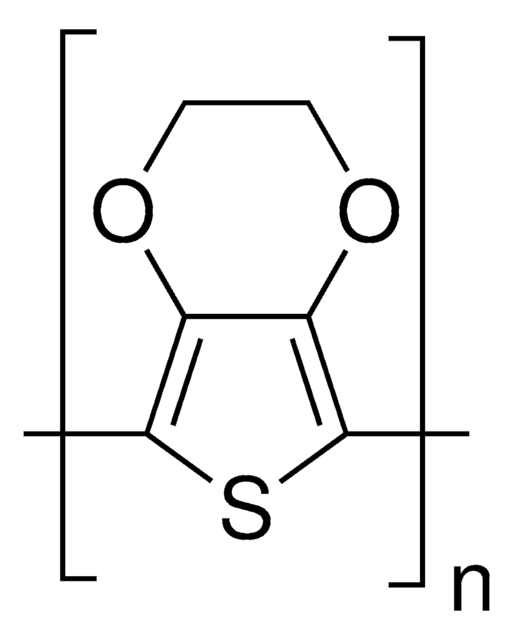
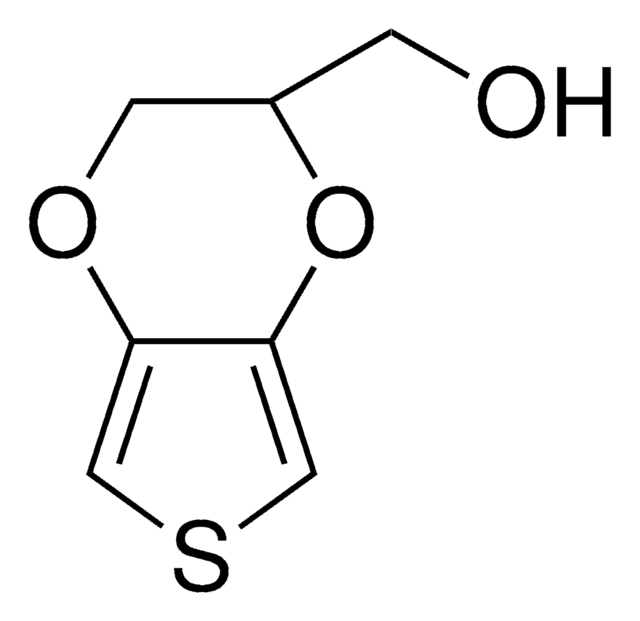

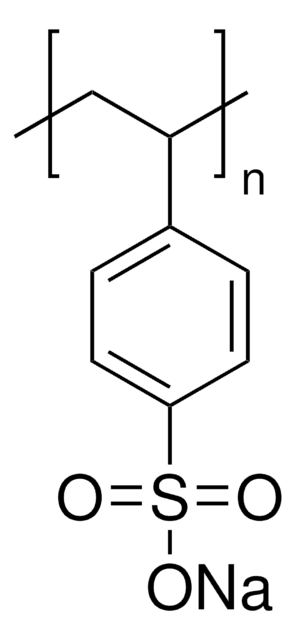

![2-Chloromethyl-2,3-dihydrothieno[3,4-b]-1,4-dioxine 95%](/deepweb/assets/sigmaaldrich/product/structures/422/187/4cc7b858-9e06-4ce2-8d39-d817b8313964/640/4cc7b858-9e06-4ce2-8d39-d817b8313964.png)


